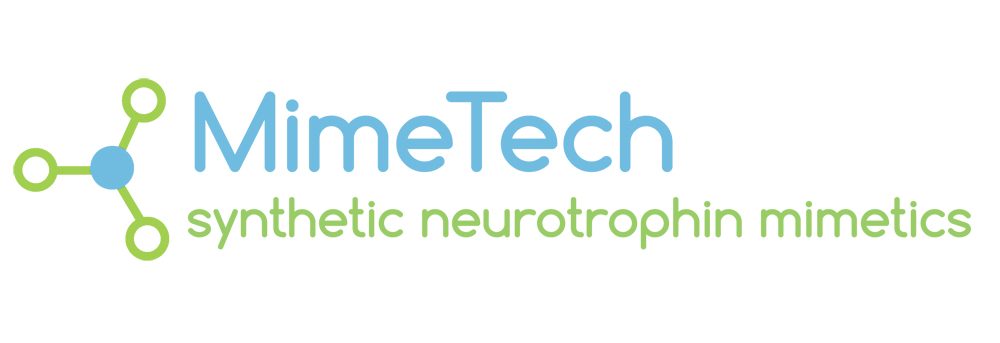Sjögren’s Syndrome
Synonym(s) Sicca syndrome
ORPHA378
ICD-10 H35.0
UMLS C1527336
MedDRA 10040767
Status Under evaluation
What is Sjögren’s syndrome
Sjögren’s syndrome is a chronic autoimmune disorder characterized by the triad of dry eyes (keratoconjunctiva sicca), sensation of oral dryness (xerostomia) and/or swelling of the salivary glands secondary to lymphocytic infiltration and destruction of the exocrine glands.
Sjögren’s syndrome may occur independently (primary SS, pSS) or associated with another disorder (secondary SS, sSS) such as rheumatoid arthritis, systemic lupus erythematosus and systemic sclerosis.
Overall prognosis is good but the main symptoms of dryness, fatigue and pain are disabling. More than 50% of cases develop systemic features whose symptoms have an important impact on the function of different organs and on quality of life.
What is the estimated number of patients affected by the condition?
Prevalence of Sjögren’s syndrome is estimated at 0.5-1.5% of the population in the Western World.
What treatments are available?
Management is limited to symptomatic treatment: artificial tears, salivary stimulants, saliva substitutes, strict oral hygiene and bi-annual dental visits.
Pilocarpine and cevimeline may be given to increase saliva and tears. Punctual occlusion surgery may be undertaken to treat severe keratoconjunctivitis sicca. Non-steroidal anti-inflammatory drugs can be used to treat joint pain and stiffness. Systemic treatments may include corticosteroids, hydroxychloroquine, immunosuppressants such as cyclophosphamide, methotrexate, leflunamide, azathioprine or cyclosporine, and biologicals (e.g. rituximab).
